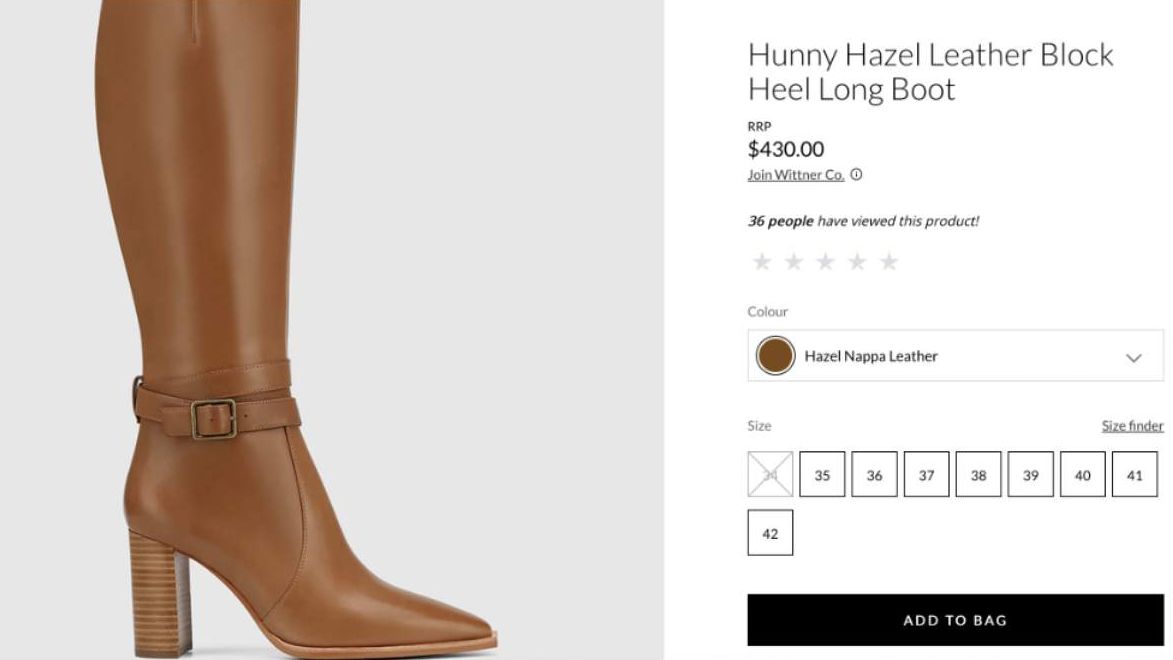Authors:
Esma Tuzovic, Cille Schliebitz, Anita Gu, Nandha Balaguru
Changed on:
31 Jan 2025
In this article, you will explore a real-life business scenario and learn how the Product Availability call helps address it.
Laura needs a new pair of shoes for a charity gala. She wants them to match her existing outfit—after all, she wants to look good on stage! There is one problem though...
Laura realizes that she doesn't have time to visit the shopping mall before the event so she decides to shop online for her shoes. Online Shopping, here we come!




At this stage of the customer journey, the e-commerce site should ideally want to showcase the following:
Copyright © 2025 Fluent Retail Pty Ltd (trading as Fluent Commerce). All rights reserved. No materials on this docs.fluentcommerce.com site may be used in any way and/or for any purpose without prior written authorisation from Fluent Commerce. Current customers and partners shall use these materials strictly in accordance with the terms and conditions of their written agreements with Fluent Commerce or its affiliates.